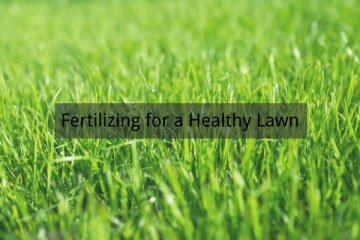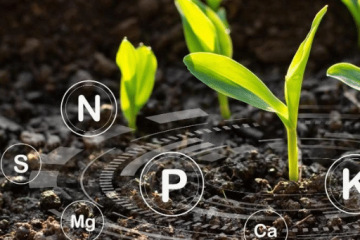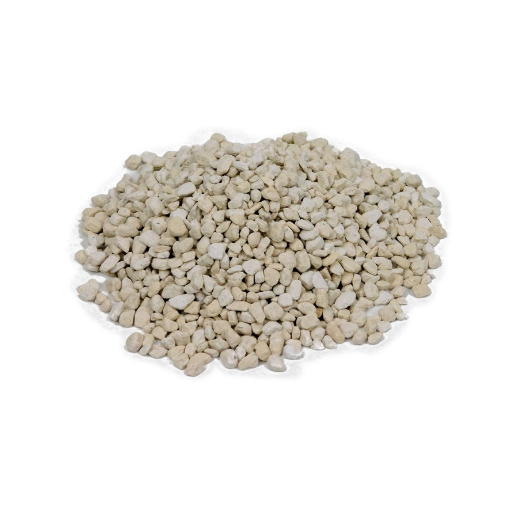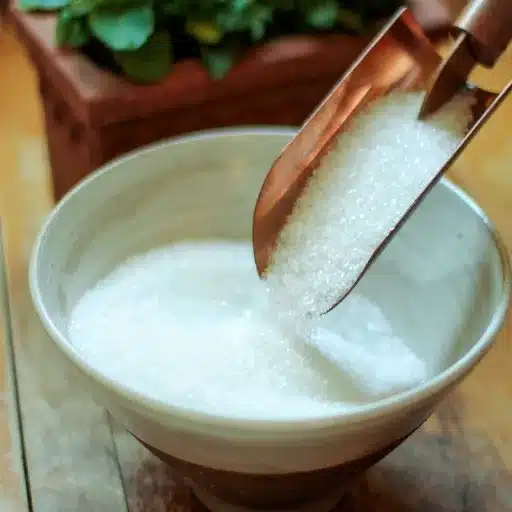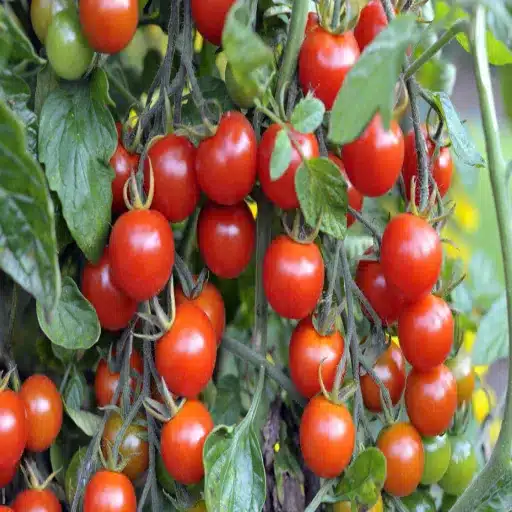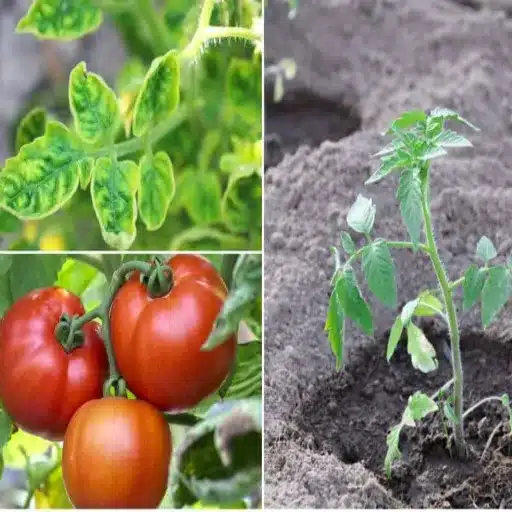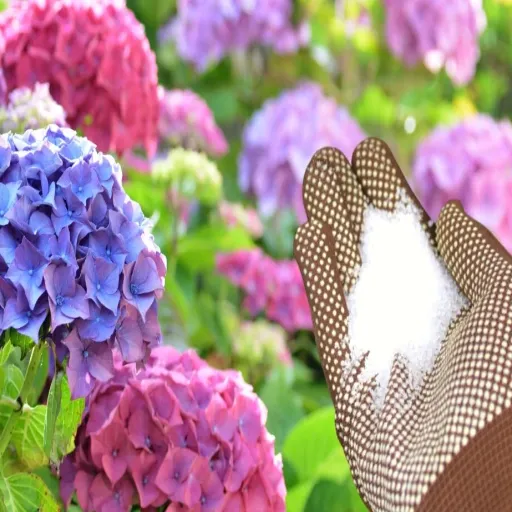Introduction to Potash Fertilizer
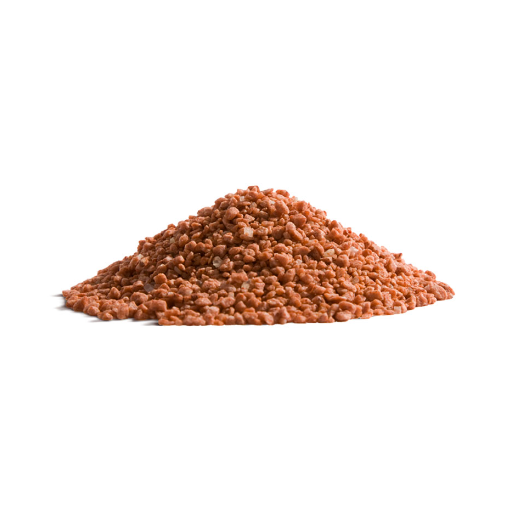
What is Potash?
The term “potash” refers to any of several potassium-containing mineral compounds and actual fertilizers. Most often, potash means potassium chloride (KCl), the most common and abundant natural mineral. Potassium, considered an essential macronutrient for plants, is involved in physiological processes like:
- Water regulation
- Photosynthesis
- Enzyme activation
- Nutrient transport
Types of Potash Fertilizers
There are many different types of potash fertilizers, each with varying uses in agricultural practices:
| Type | K2O Content | Best Uses | Special Features |
|---|---|---|---|
| Potassium Chloride (MOP) | 60-62% | Cereals, vegetables | Most common, cost-effective, high solubility |
| Potassium Sulfate (SOP) | 50-53% | Fruits, coffee, tea | Chloride-free, provides sulfur |
| Potassium Nitrate | 44% | High-value crops, hydroponics | Contains nitrogen (13%), low chloride |
| Granulated Potash Blends | Variable | Custom crop requirements | Balanced nutrition, custom-mixed |
Importance of Potassium in Agriculture
Potassium remains essential for agriculture concerning plant growth and development. Key functions include:
- Photosynthesis enhancement: Critical for energy production in plants
- Water management: Controls stomata opening and closing
- Disease resistance: Strengthens cell walls against pathogens
- Stress tolerance: Improves drought and heat resistance
- Quality improvement: Enhances crop size, color, and taste
Benefits of Organic Potash Fertilizer
Enhancing Soil Health
Organic potassium fertilizers play a crucial role in improving soil health through:
- Slow nutrient release: Prevents sudden nutrient spikes and runoff
- Microbial activity promotion: Supports beneficial soil organisms
- Improved soil structure: Enhances aggregate stability and aeration
- pH regulation: Helps neutralize acidic soils
- Erosion resistance: Increases soil stability
Improving Crop Yields
Modern yield improvement strategies include:
- Precision Agriculture: GPS systems, IoT sensors, and data analytics for targeted applications
- Crop Rotation: Maintains soil fertility and reduces pest pressure
- Intercropping: Promotes biodiversity and ecosystem resilience
- Advanced Varieties: Drought-resistant and pest-resistant crops can increase productivity by up to 30%
Environmental Impact
- Enhanced biodiversity and nutrient cycling
- Higher water retention capacity
- Reduced runoff and erosion
- Support for sustainable agriculture practices
Considerations:
- Potential nutrient leaching if misapplied
- Greenhouse gas emissions during production/transport
- Need for proper application timing and methods
Sources of Organic Potash

Natural Sources of Potassium
| Source | Description | Benefits |
|---|---|---|
| Wood Ash | From burning hardwoods | High potassium content, readily available |
| Plant Materials | Banana peels, sugarcane bagasse, palm bunch ash | Rich in bioavailable potassium |
| Seaweed/Kelp | Marine resources | Multiple nutrients, soil health benefits |
| Compost/Manures | Decomposed organic matter | Slow-release improves soil structure |
| Biowaste Products | Molasses, potato peelings | Circular economy approach |
Processing Methods for Organic Potash
- Thermal Processing: Combustion/pyrolysis of biomass
- Hydrothermal Treatment: High-pressure and temperature processing
- Microbial Fermentation: Using bacteria/fungi for nutrient release
- Mechanical Separation: Centrifuges and filters for purification
Using Banana Peels as Potassium-Rich Fertilizer
Banana peels are an excellent source of organic potassium. Application methods include:
- Direct Burial: Chop peels and bury in soil
- Composting: Add to the compost pile for slow decomposition
- Liquid Fertilizer: Create banana peel tea for container plants
- Blended Application: Mix with other organic materials for balanced nutrition
Application Techniques for Organic Potash
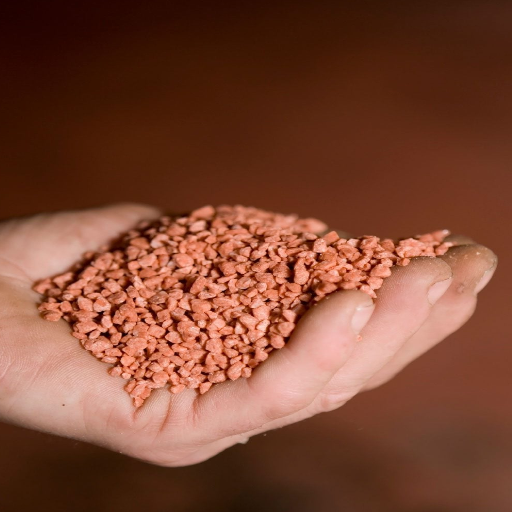
Best Times to Apply Potash Fertilizer
- Pre-planting: For immediate availability during early growth
- Dormancy period: For perennial crops before the active growing season
- Split applications: Multiple smaller applications during critical growth periods
- Before flowering/fruiting: When potassium demand is highest
Methods of Application
| Method | Description | Efficiency Improvement | Best For |
|---|---|---|---|
| Broadcasting | Spreading over the entire soil surface | Uniform distribution | Field crops, pastures |
| Band Placement | Near the seed row or plant roots | 20-30% efficiency gain | Row crops, targeted feeding |
| Foliar Application | Liquid solution on leaves | 85% recovery rate improvement | Quick deficiency correction |
| Fertigation | Through an irrigation system | 10-15% efficiency increase | High-value crops |
| Deep Placement | Below the plow layer | 50% loss reduction | Waterlogged conditions |
Comparison: Muriate of Potash vs. Sulfate of Potash
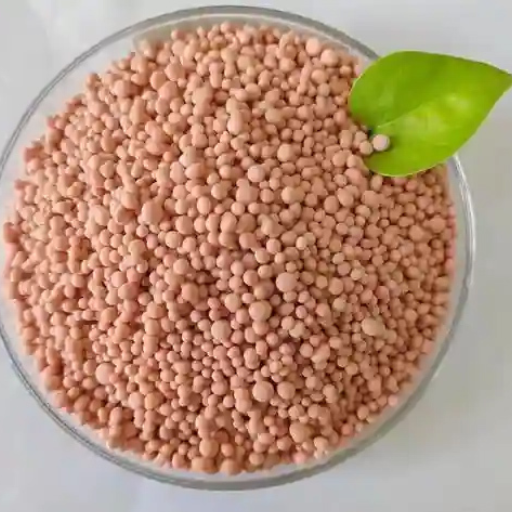
Applications in Different Crops
| Crop | Preferred Type | Reason | Benefits |
|---|---|---|---|
| Corn | MOP (cost-effective) or SOP (chloride-sensitive) | Cost vs. sensitivity | Enhanced nitrogen uptake, water regulation |
| Wheat | MOP (general) or SOP (quality focus) | Economic vs. premium quality | Grain filling, stress resistance |
| Tomatoes | SOP | Chloride sensitivity | Better fruit firmness, sugar content |
| Potatoes | SOP | Highly chloride-sensitive | Improved tuber quality, dry matter |
| Almonds | SOP | Premium quality requirements | Higher nut production, better quality |
Cost-Effectiveness for Farmers
Key considerations for economic efficiency:
- Initial cost vs. long-term benefits: SOP costs more but provides better quality
- Crop value: High-value crops justify premium fertilizer costs
- Soil health: Long-term sustainability reduces remediation costs
- Precision application: Variable Rate Technology (VRT) improves efficiency
- Market premiums: Quality crops command higher prices
Frequently Asked Questions (FAQ)
Ready to Implement Organic Potash in Your Garden?
Start with a soil test to determine your potassium needs, then choose the right organic potash source for your specific crops and growing conditions.

